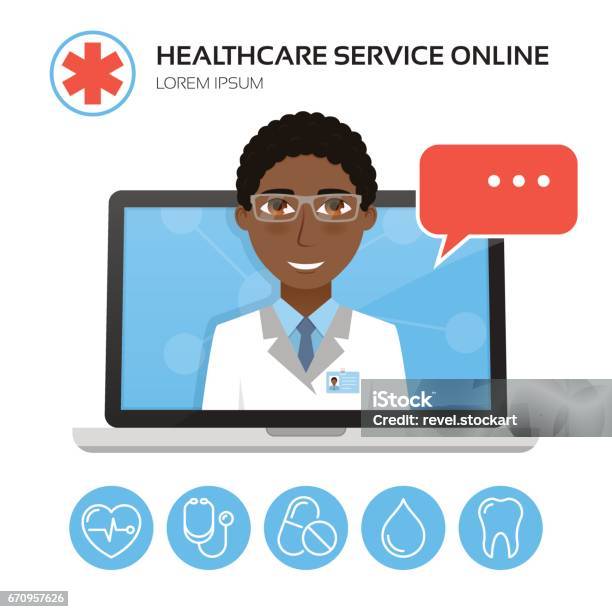A Comprehensive Overview to Subscription Based Healthcare: What You Required to Know
A Comprehensive Overview to Subscription Based Healthcare: What You Required to Know
Blog Article
Recognizing the Cost-Effectiveness of Subscription-Based Healthcare Versions
As the medical care landscape evolves, subscription-based models arise as an engaging choice, assuring to redefine how people take care of medical expenses. Reviewing these models' cost-effectiveness demands a nuanced contrast with typical insurance, considering both monetary implications and individual fulfillment.
Summary of Subscription-Based Designs
Subscription-based health care designs, often described as straight medical care or concierge medication, are significantly obtaining focus as a potential remedy to ineffectiveness within standard health care systems. These models operate the principle of offering clients direct accessibility to doctor with a regular monthly or yearly fee, bypassing the need for traditional insurance policy systems. This setup aims to streamline patient-provider communications by decreasing management problems, which usually impede prompt and personalized treatment.
At the core of subscription-based versions is the emphasis on a much more customized individual experience. Clients take advantage of enhanced accessibility to their physicians, often including same-day or next-day consultations, extended examination times, and direct interaction networks such as phone or video phone calls. This version promotes a proactive approach to medical care, where clients and suppliers can collaboratively concentrate on preventative care and chronic condition monitoring.

Cost Contrast With Conventional Insurance Coverage

One of the primary financial benefits of registration versions is openness in prices. Alternatively, conventional insurance might be much more useful for individuals calling for specialized treatment or expensive therapies not covered under a registration design, as they profit from the more comprehensive insurance coverage network and cost-sharing devices.
Nonetheless, cost-effectiveness is context-dependent. While subscription models could offer cost savings for those primarily needing medical care, people with persistent problems or specialized healthcare demands might find conventional insurance policy much more detailed. For that reason, examining specific healthcare needs and prospective use is essential in establishing one of the most economical option for individuals.
Influence On Person Contentment
Person contentment within subscription-based medical care designs usually shows a substantial renovation over standard insurance systems. This enhancement is mainly attributed to the customized care and access these models supply. Clients frequently report higher complete satisfaction as a result of lowered delay times and the simplicity of organizing consultations. Unlike standard systems, where clients could experience delays in receiving care, subscription-based models ensure even more straight and timely interactions with healthcare providers.
In addition, the transparency in expenses connected with subscription-based health care reduces the usual aggravations connected to unanticipated charges and complicated payment processes seen in traditional insurance (subscription based healthcare). Patients value recognizing the specific economic commitment upfront, causing boosted trust fund and confidence in their medical care administration
Furthermore, the focus on precautionary care and wellness in membership versions adds to enhanced health and wellness results, better boosting individual satisfaction. By concentrating on ongoing wellness maintenance as opposed to episodic care, clients experience an even more holistic and continual blog medical care trip.
Moreover, the enhanced provider-patient connection cultivated in these versions, characterized by more time spent per individual and tailored attention, plays a vital function in elevating patient fulfillment degrees, as clients feel really cared for and recognized.
Service Provider Viewpoints and Experiences
From the service provider's perspective, subscription-based healthcare models supply a transformative technique to delivering clinical solutions. These designs highlight a positive and preventative medical care approach, allowing companies to concentrate on comprehensive patient care without the restraints of traditional fee-for-service arrangements (subscription based healthcare). This shift in emphasis frequently causes improved patient results and boosted company contentment, as health care specialists can designate more time and resources to individual involvement and customized treatment strategies
Furthermore, membership versions assist in foreseeable revenue streams, which enhance monetary security for doctor. This predictability permits boosted resource planning and allotment, adding to an extra effective health care delivery system. Companies can spend in personnel training, facilities, and technology enhancements, thus improving the quality of treatment offered.
Nonetheless, the transition to subscription-based models is not without obstacles. Suppliers must adapt to brand-new operational structures, which can entail significant adjustments in billing techniques and individual administration systems. Additionally, there is a fundamental requirement for robust information administration to track patient results and make certain high quality treatment. Despite these difficulties, numerous carriers discover that the advantages of raised person interaction and streamlined operations exceed the initial challenges, making subscription-based versions an attractive choice.
Future Leads and Difficulties

A primary challenge is governing conformity, as registration designs need to comply with developing medical care plans and insurance coverage needs. This requires constant adjustment and advancement to make certain positioning with legal standards. Additionally, integrating these designs into existing health care infrastructures can be complex, needing substantial financial investments in innovation and training.
There is likewise the potential risk of developing injustices in health care accessibility, as registration versions might prefer those who can try this site afford them, leaving prone populations underserved. Addressing this requires thoughtful consideration of rates strategies and aid systems to make sure inclusivity.
Final Thought
Subscription-based medical care models offer a sensible choice to conventional insurance by supplying economic predictability and openness, specifically profiting individuals with chronic problems or constant medical care needs. The cost-effectiveness of these versions is contingent upon individual healthcare use patterns and conditions.
Subscription-based health care versions, often referred to as straight key treatment or concierge medication, are progressively obtaining focus as a possible service to inadequacies within conventional healthcare systems. Unlike traditional systems, where patients may experience delays in receiving treatment, subscription-based designs guarantee even more direct and timely interactions with healthcare service providers.
These models highlight a positive and preventative healthcare strategy, permitting suppliers to focus on comprehensive individual care without the constraints of traditional fee-for-service setups. As these designs continue to acquire grip, they provide the prospective to revolutionize patient access to care, enhance solution shipment, and enhance healthcare costs.Subscription-based health care versions offer a sensible choice to standard insurance coverage by providing monetary predictability and transparency, especially profiting individuals with persistent conditions or frequent healthcare demands.
Report this page